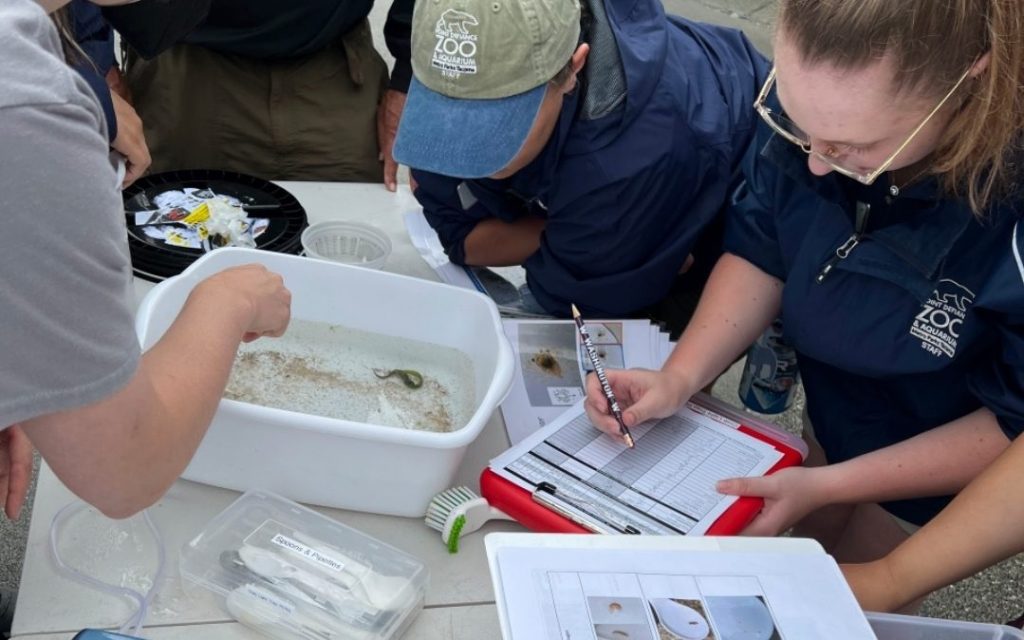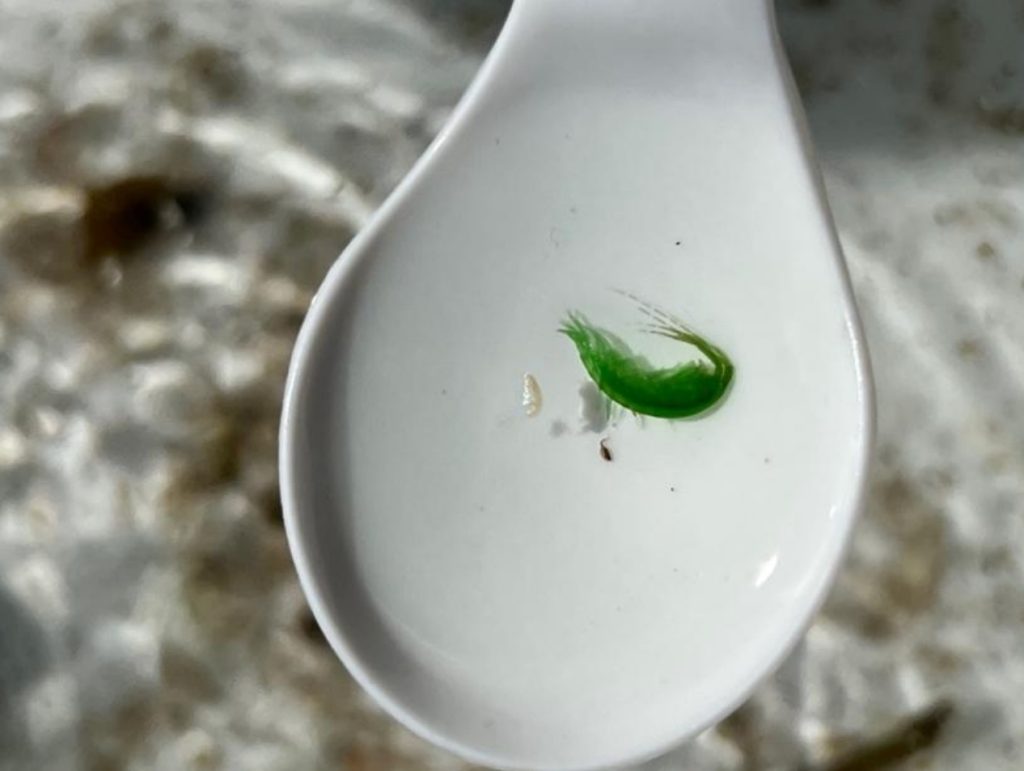
Hello everyone! My name is Natasha Walker, and I am doing undergraduate research over the summer of 2022 with the Becker lab at the crab trap in Point Defiance, as part of the Pacific Northwest Crab Research Group. I am planning on graduating with an Environmental Science degree from UW Tacoma in spring 2023. That is if everything goes as planned. I am attempting to get my undergraduate research capstone finished in just one summer, and to do that I need to attend every single crab trap day, make a poster, and present at the UW Tacoma Science and Math Undergraduate Research Symposium ( SAMURS) in August. I have never done anything like this in my life, and I also have never presented in front of an audience before, so that will be nerve racking.

Identifying creatures caught in the crab trap has been so fun. At first, I was quite nervous about having to identify such small creatures for such important data, but after two weeks I had it down. I am now confident enough to identify stuff on my own. We often catch gunnels and pipefish. My favorite creatures are ostracods, or I call them little beans. They literally look like little orange beans that bounce around in the sample. One day I found this really cool looking amphipod, it was bright green!
There’s also a cumacean in that spoon, it is the little black spec with a tiny tail. I also like those, but not as much as the little beans. We always get a lot of those in our samples, they are fast little guys jutting around everywhere.

Collecting data on all these creatures in the trap is good to do, but the most important data is the Dungeness crab larvae. Our job is to monitor their population and fill data gaps for the reproduction of Dungeness crabs to support their management. Megalopae are the second stage of a crab’s life cycle, after zoea. Zoea have small spikes on them that actually hurt a bit. Dungeness crab megalopae are twice as large as other crab species. That is how we can tell the difference. They also tend to have a darker spot in the middle of their body. You can immediately tell you have a Dungeness crab megalopae in your sample just based on size.
We also look for Dungeness crab instars which are basically juvenile crabs. They no longer have a tail and look like a small crab. I have yet to see a Dungeness crab instar. I have seen other crab species that are instar though. But I really would love to be able to see a Dungeness crab instar because I wonder how big they actually are since the megalopae are already so big.

I have been enjoying my routine of waking up early and going to the traps to look at sea creatures, as well as sometimes seeing other sea life in the ocean as we are looking at our samples. I have seen so many seals since I started going. I can’t wait for the day I see some orcas. I have a picture of this really giant pinkish purple starfish that was near our crab trap at Point Defiance. Looking forward to what else I can find in the future!
